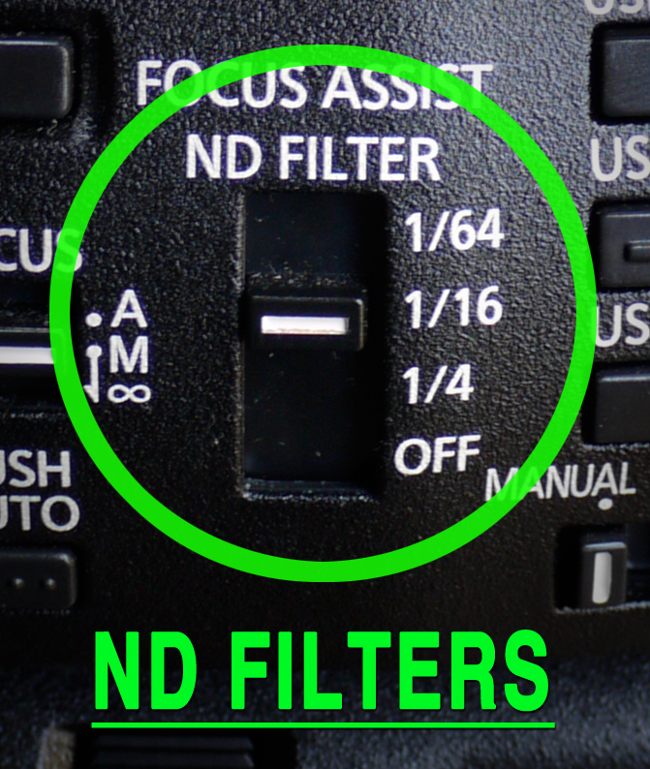

Do you think smaller apertures always lead to sharper images? Think again, as explained by Hollywood cinematographer Barry Braverman.
The bending of light through a pinhole-size aperture produces a multitude of tiny light sources, which can create internal reflections and a concomitant increase in flare. Under such conditions, bright daylight scenes may appear washed out and lacking sharpness and resolution. One-third inch and smaller sensor cameras may exhibit severe diffraction at apertures smaller than f4 - f5.6. Larger sensor cameras and DSLRs may also exhibit a noticeable softening and lowering of contrast but not until f11 - f16.
It is important to maintain a proper f-stop because shooting at a narrow aperture with a 1/3-inch HD camcorder like the Panasonic PX270 or the Sony Z7 may yield images not much better than standard definition. With this in mind, some low-end camcorders with tiny sensors automatically apply neutral-density in bright conditions to avoid the narrow apertures that can lead to the loss of resolution and contrast.
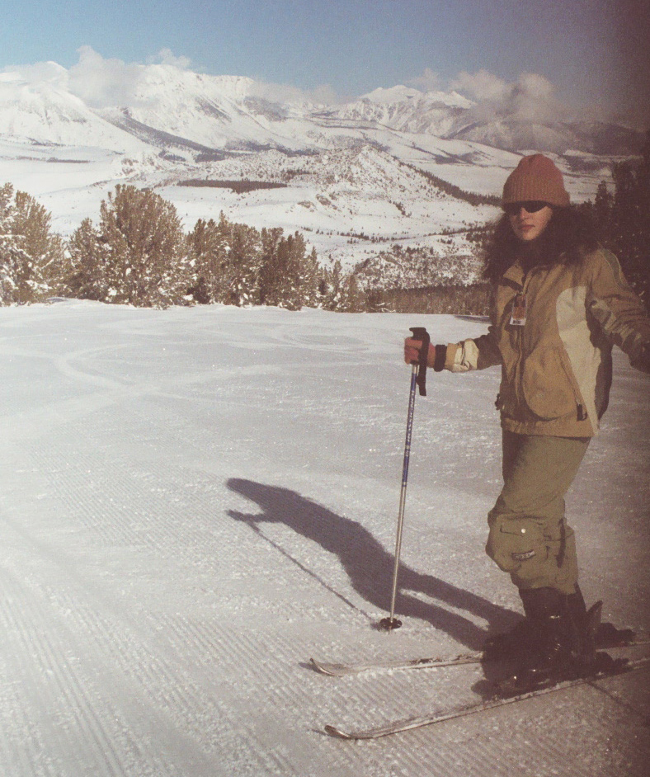
This scene recorded at minimum f-stop appears washed out due to severe diffraction. The use of a neutral density (ND) filter under such conditions is therefore imperative.
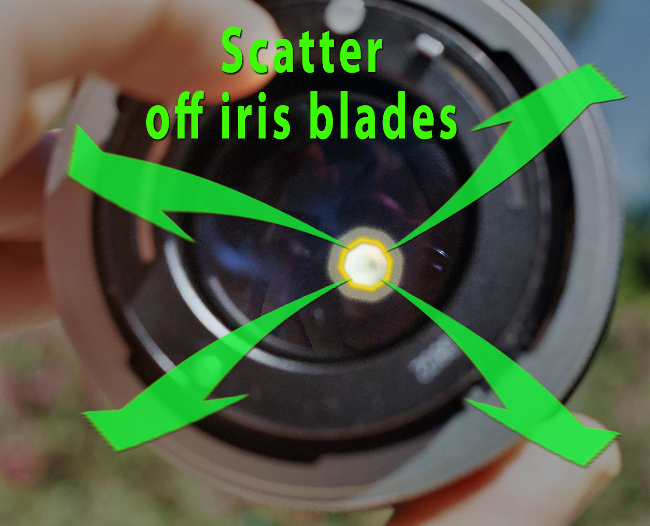
At tiny apertures the edges of the iris appear to glow and act as tiny light sources that scatter the light and lower contrast. This is a good reason to shoot early or late in the day, when larger f-stops can be employed.
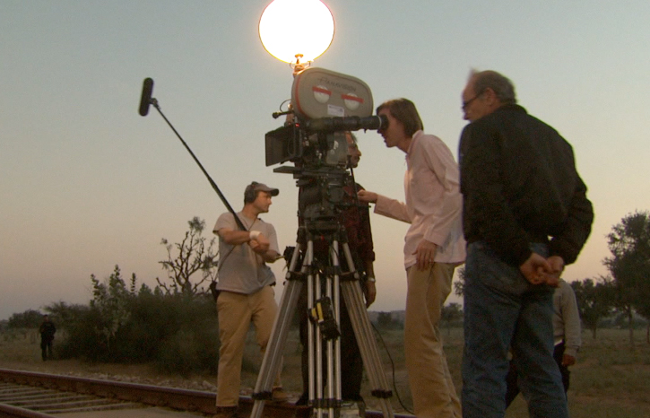
Shooting at so-called Magic Hour at dawn or dusk can dramatically improve the look and performance of any camera or lens system.
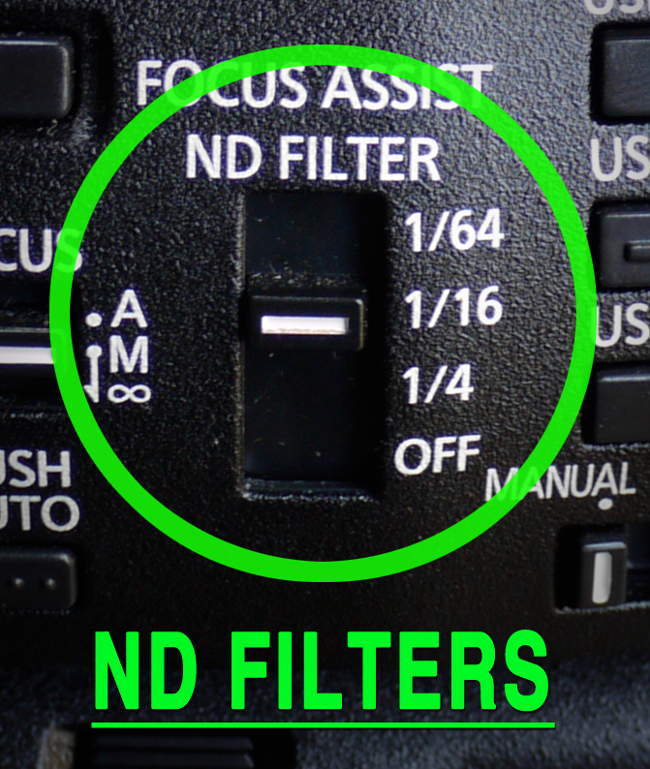
The neutral density switch at the side of your camcorder is there for a reason. Use it!
Tags: Production


Comments